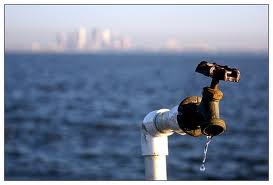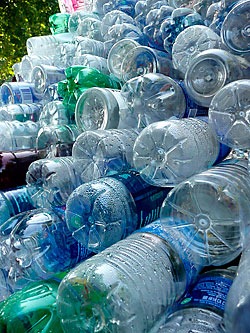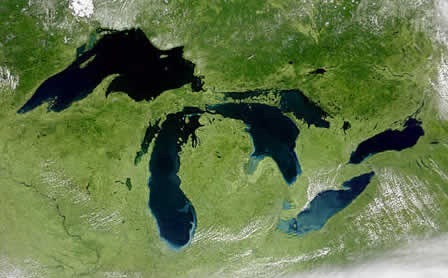Water Circulators May Reduce Algal Blooms in Jordan Lake
2Nutrient runoff from towns around North Carolina’s Jordan Lake has diminished the quality of its water. The reservoir is listed as impaired because of the over-enrichment, which contributes to algal blooms and fish kills. water circulators

B. Everett Jordan Lake (Credit: Seth Vidal via Creative Commons)
The U.S. EPA responded with a Total Maximum Daily Load report for the lake in 2007 that aims to reduce the amount of nutrients flowing in. This includes rules requiring:
-
wastewater treatment plants to reduce phosphorus and nitrogen in water;
-
local governments to come up with plans for controlling runoff from existing and new developments;
-
and farmers to form a list of best practices that will keep nutrients out of tributaries that flow into the lake.
The rules package was approved by legislators in 2009, but the state is holding off on implementing the actions to give time for an experiment to answer one question: what if mixing the water, on a large-scale, reduces algal blooms? These are the biggest concern for the lake’s water quality.
The N.C. General Assembly authorized a $1.44 million plan to put 36 floating water circulators into the lake. It’s a hefty price tag, but is actually one of the drivers for the experiment. If it works, the savings could be huge as costs for implementing the EPA rules are estimated at $1 to $2 billion.

Medora Corporation SolarBee (water circulator). (Credit: Medora Corporation)
Representatives from Medora Corporation, the company that will supply the mixers, say that the mixing process may confuse the algae, making them think they’re at different depths in the water. It could make them more vulnerable to viruses. The reps also say the mixers will work, claiming a 90 to 95 percent success rate in other lakes.
Plans are to install the strange machines in April 2014. They’ll be stationed in the Haw River and Morgan Creek Arms of the lake and given until the end of 2015 to prove their worth.
Regardless of the circulators’ performance, it’s worth stressing that they won’t actually reduce nutrient pollution going into the lake. And the EPA will likely take action under the Clean Water Act if the state delays further. But this in-lake solution to the all-too-common problem of algal blooms shouldn’t be overlooked.














[…] little more than two years ago, we covered the ambitious plan to rid North Carolina’s Jordan Lake of its algae problem using SolarBees, […]
[…] less expensive and more immediate way to reduce the algal blooms in the lake. From Lake Scientist: “The N.C. General Assembly authorized a $1.44 million plan to put 36 floating water […]